The Croton plant makes a stunning houseplant with endless color and variegation combinations. This plant is simple to care for with a few tips and tricks.
This plant can be a bit finicky, but overall it can be a stress free house plant with the right care. A common problem that people have with the croton is dropping leaves.
It is similar to a Fiddle Leaf Fig and the Money Tree in that it does not like to be moved around much.
Once you have it in a happy spot, leave it there.
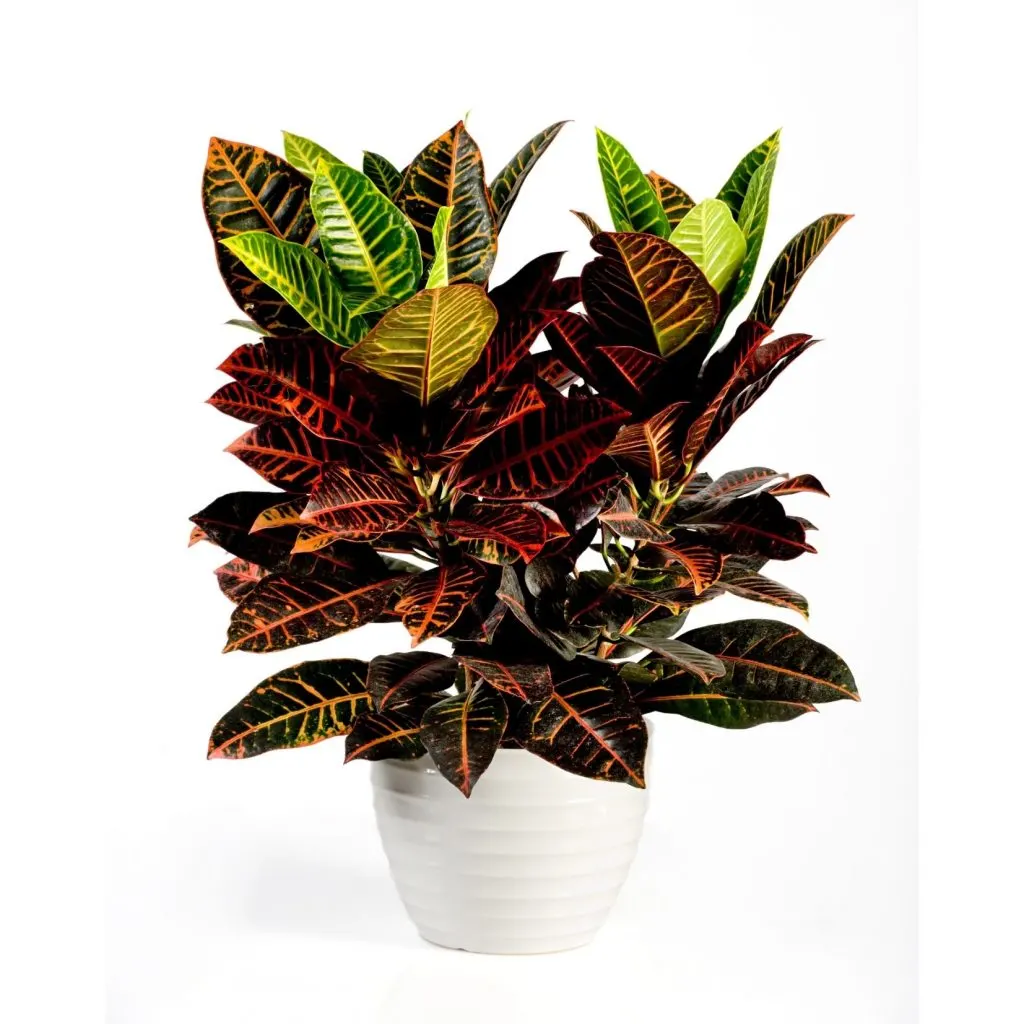
The croton plant usually grows in a bushy pattern with heavy foliage. It will bush out and grow to around 3 feet tall and 3 feet wide in most home environments.
The biggest thing to remember with a Croton is that they need lots of bright indirect light. Since this plant has incredibly colorful leaves with lots of variegation, it will need extra light to photosynthesize. Without proper lighting, you will find the color and variegation fading from the leaves.
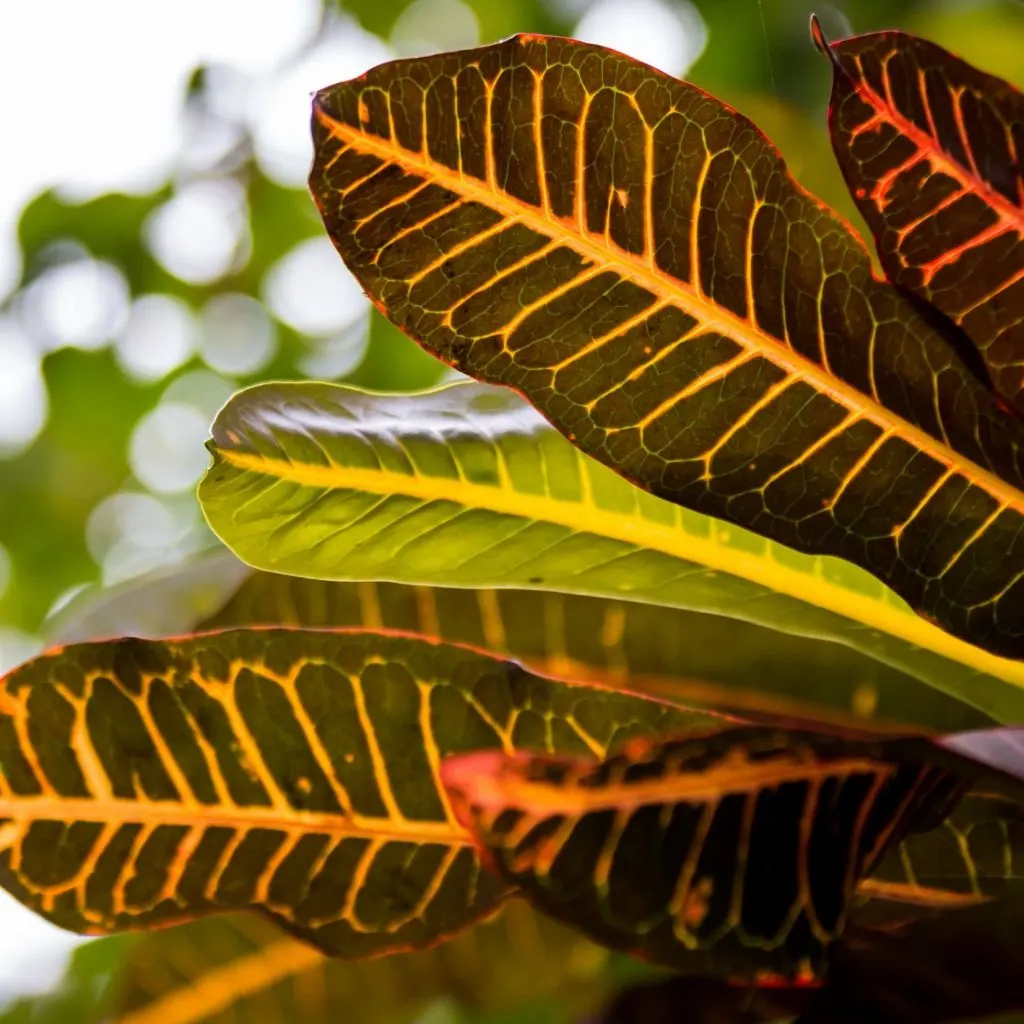
This plant also prefers a moist and humid environment. It is native to India and Malaysia and likes to be kept in a warm tropical environment. Make sure you keep an even watering schedule with this plant. Don’t allow the plant to dry out, this will stress your Croton plant.
More Popular Houseplants:
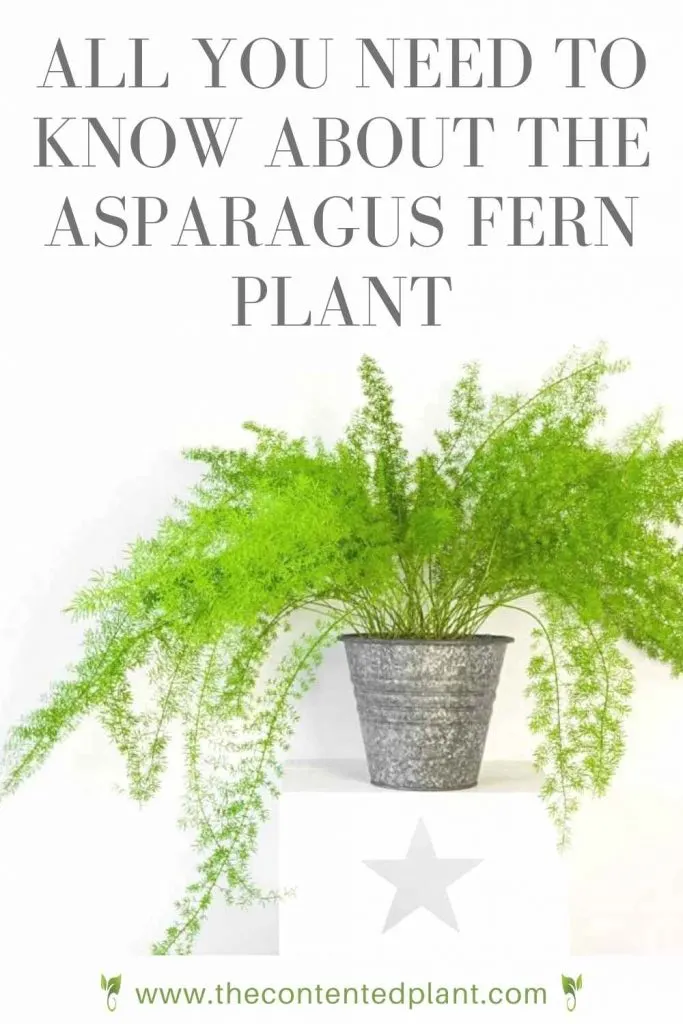
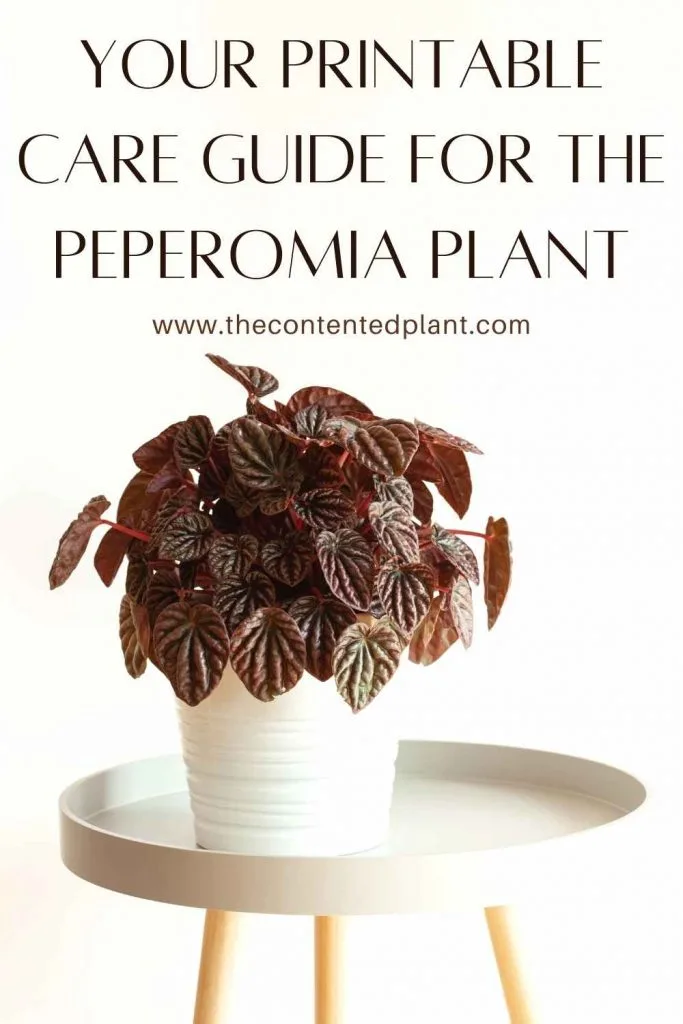
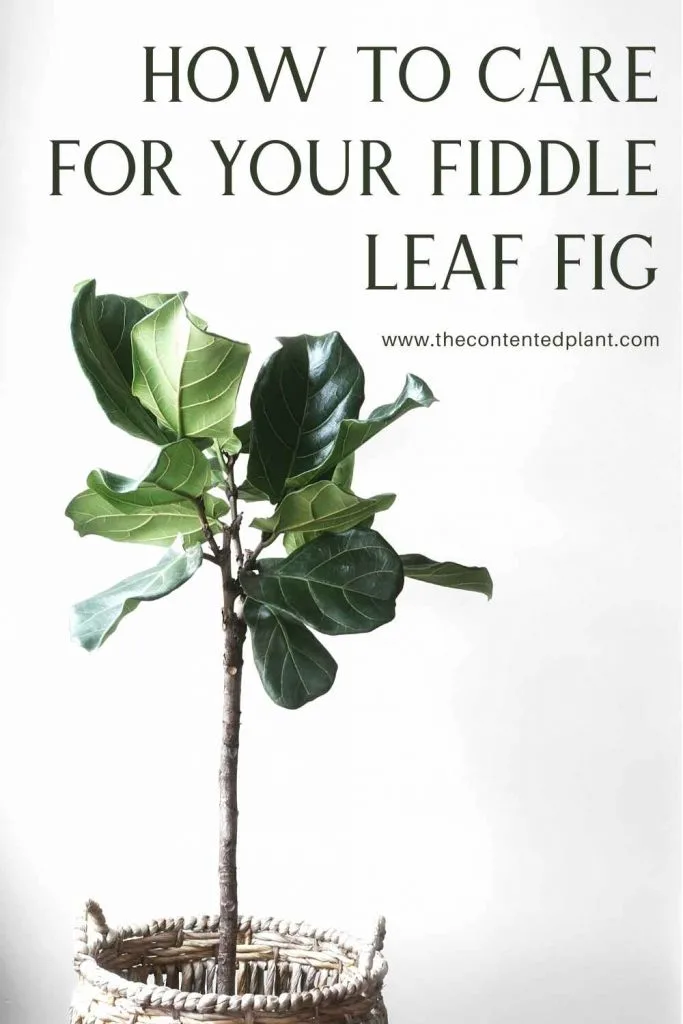
We have created a printable care guide that has all the tips and tricky you will need to keep your Croton plant happy and healthy.
Croton Plant Care Guide
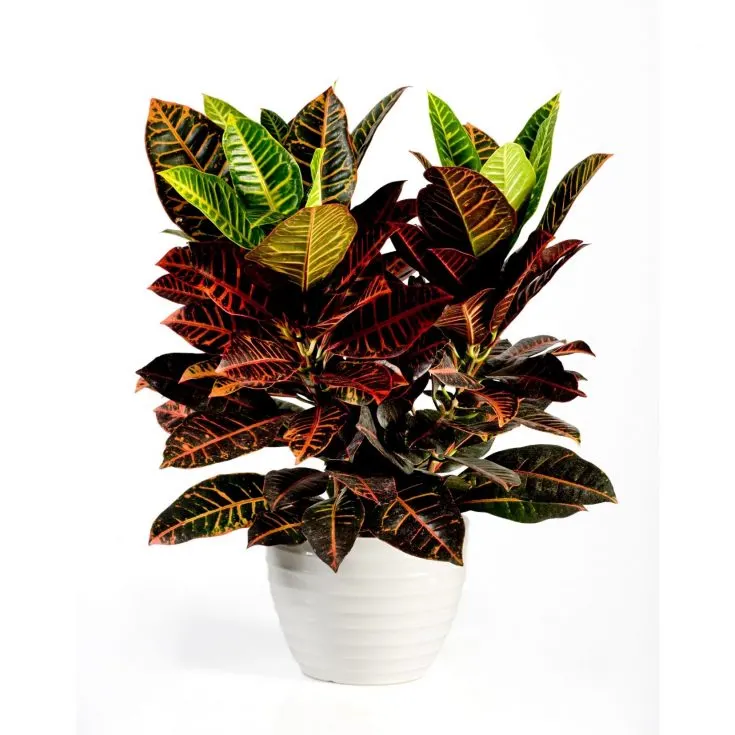
The Croton ( Codiaeum variegatum) is a stylish plant with interesting variegations and a wide range of colors.
This Lovely plant grows as a bush like structure and usually reaches 3 feet tall and wide in a planter.
This Care Guide will teach you how to keep this tropical plant happy all through the year.
Materials
Instructions
Soil Preference:
- This plant requires a rich soil mix.
- A mix of potting soil, perlite and orchid bark will keep the roots happiest.
- Here is our mix.
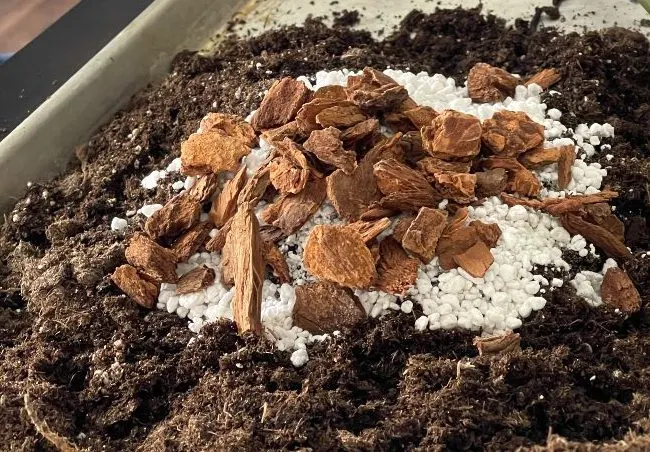
- Two parts potting soil to two parts perlite to one part orchid bark.
- A heavy soil potting mix is not recommended for this plant.
Pot Size and Type:
- The Croton is a relatively slow grower, don't choose a large pot for this plant.
- Any well drained pot can be used. It MUST have a drainage hole.
- Repot every second year or when roots come out the drainage holes on the pot bottom To the next pot size up.
- Don't jump to a huge pot from a small one just go to the next size up pot.
Lighting:
- The Croton plant will need to be in bright indirect light
- The color will fade from the leaves if it is kept in lower light areas.
- Shield this plant from strong direct light in summer south and west sunny windows. The leaves will burn.
- Tip: Window sheers or blinds can offset some brief periods of high direct light.
Watering:
- Water your Croton when the soil is dry. Crotons do not like to be overly wet. Try a watering schedule of every other week.
- Watering is best done on a regular schedule so the plant is not over or under watered. Both can cause stress on the plant.
- This tropical plant enjoys humidity. In dry climates this Croton will thrive with a humidifier nearby. OR use a pebble tray under the pot filled half way with water.
- In dormant winter months reduce watering to when the soil is dry.
- Never let this plant get wet feet. Water when the top 2 inches of soil are dry. If the soil is compacted the bottom of the soil can remain wet which encourages root rot and Fungus Gnats.
How to Fertilize:
- Apply a good quality fertilizer (linked in materials) monthly through Spring and summer.
- Decrease feedings by late Fall and allow the philodendron birkin to rest through the winter months.
Temperature:
- Keep the Croton at a low of 65 Degrees F. to upward of 85 Degrees F. It enjoys warmth and humidity.
Table Top Plants:
- The Croton can be kept as a table top decorative plant, as long as there is adequate lighting.
- Make sure you are not keeping your Croton next to a heat or air vent. This will dramatically lower the humidity level.
Pests:
- The Croton can be attacked by pests
- Stress by longterm overwatering, poor light, extreme temperatures and soil conditions are contributors to plant stress..
- Spider mites, mealy bugs, scale, thrips and whitefly are the most common houseplant pests you will see.
- Read our post on How to get rid of aphids and other pests with our homemade pesticide soap recipe or neems oil.
- To minimize the possibility of pests be sure to check all nursery plants before bringing them home.
- Quarantine all new plants until you are sure no pests live in them.
How to Propagate:
- This plant is easily propagated through a stem cutting
- Take a 3-4 inch stem cutting, the cutting should have 3-4 leaves on it.
- The cuttings can immediately be potted into a small pot
- Keep the soil moist while the cuttings develop roots
- The cuttings will root in approximately a month
- Color will develop on the leaves as the plant matures.
Notes
Toxic Plant:
While not fatal, eating these mildly poisonous houseplants causes irritated skin, nausea, burning and swelling of the mouth, tongue or throat, vomiting and diarrhea in pets and people.
Keep them in a safe place.
Overall this is a beautiful and rewarding houseplant. It does have a reputation of being finicky, but as long as you know the care routine for this plant it will grow without trouble!
This plant can cause mild abdominal irritability if ingested, it is best to keep this plant out of reach of small children, cats, and dogs.
Further reading on the Croton Plant
Follow Us:
Find us on YouTube, Instagram , Pinterest and TikTok! We love to Plant chat. We also comment, like and occasionally share your content to our daily stories. We’d love to see your plants. Share your joy in your houseplants. Happy Planting!
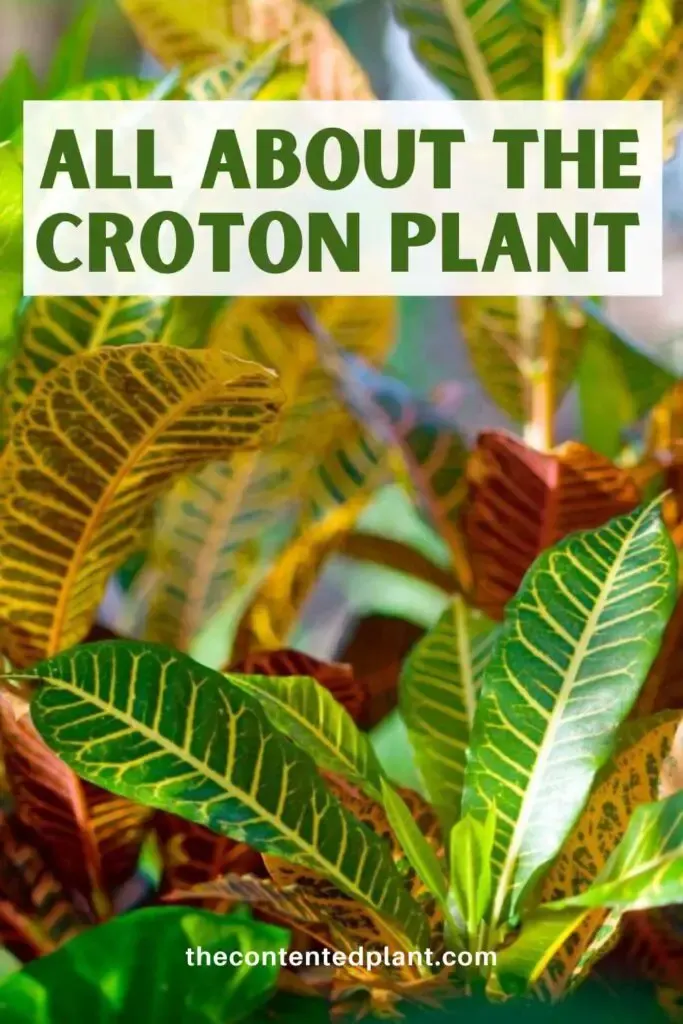

Hoya Pubicalyx Care Guide and Plant Profile - The Contented Plant
Wednesday 17th of November 2021
[…] Croton Plant Care Guide […]
Begonia Maculata Care Guide and Tips - The Contented Plant
Friday 23rd of July 2021
[…] Croton Plant […]
Elephant Ear Plant Care Guide - The Contented Plant
Thursday 13th of May 2021
[…] Croton Plant […]